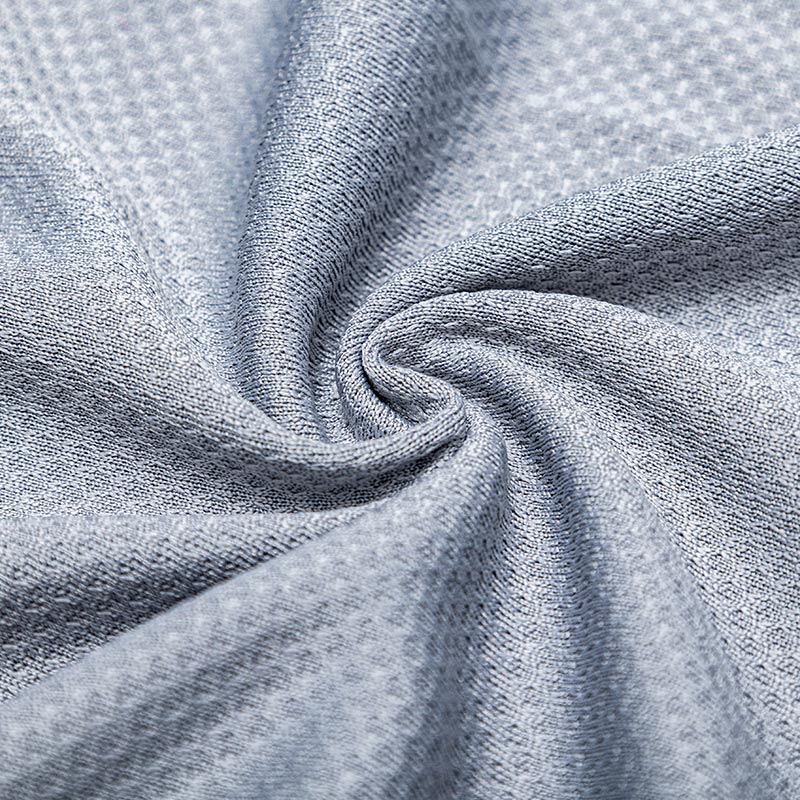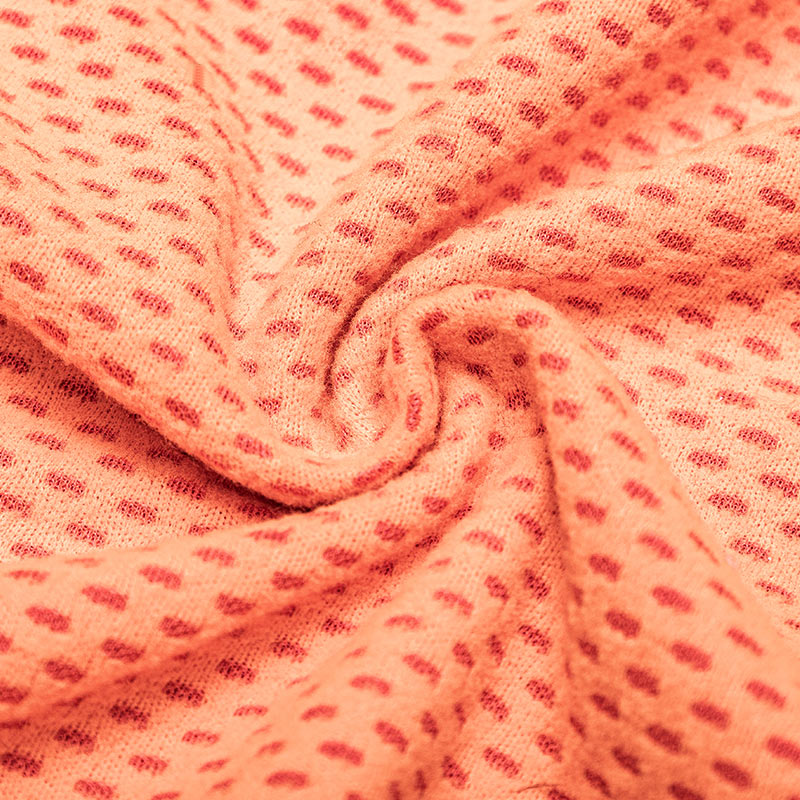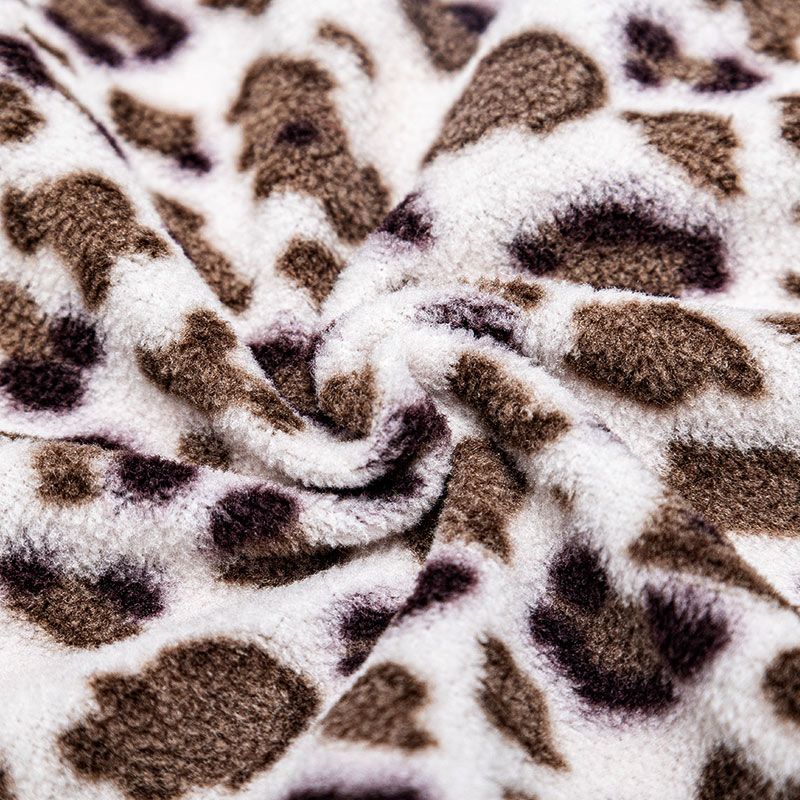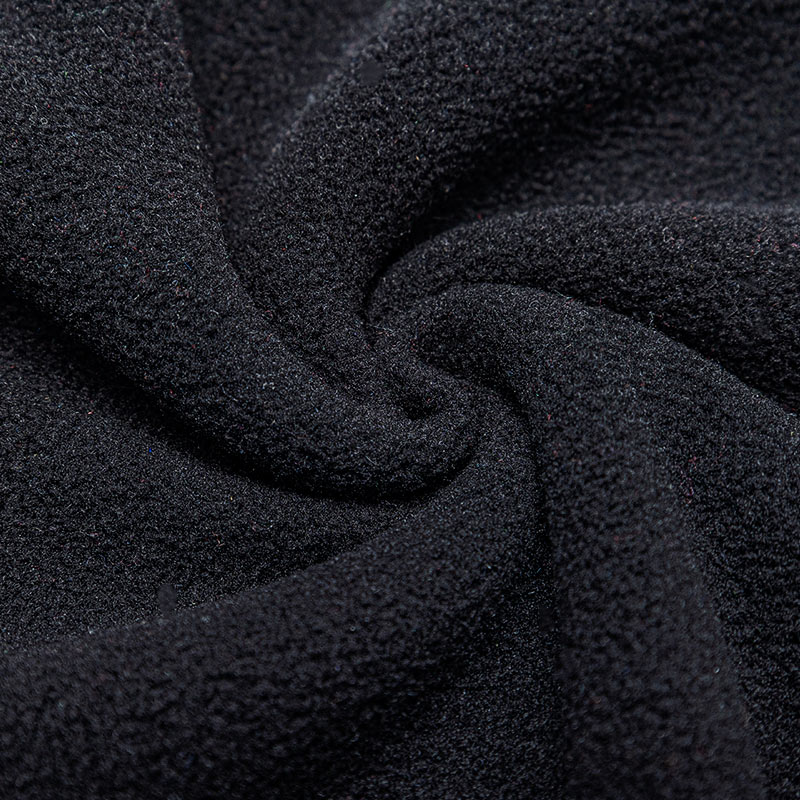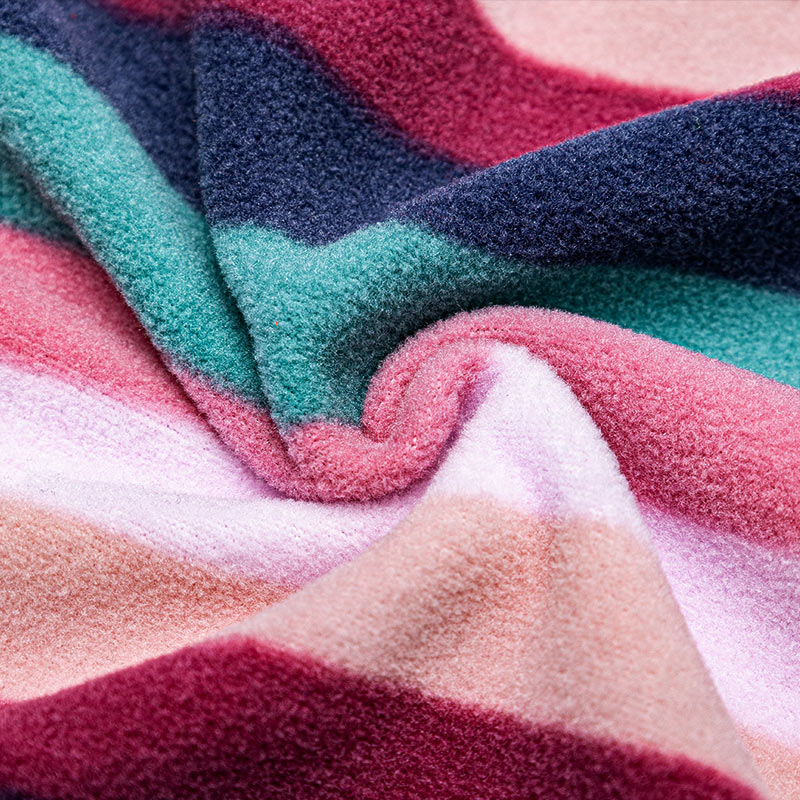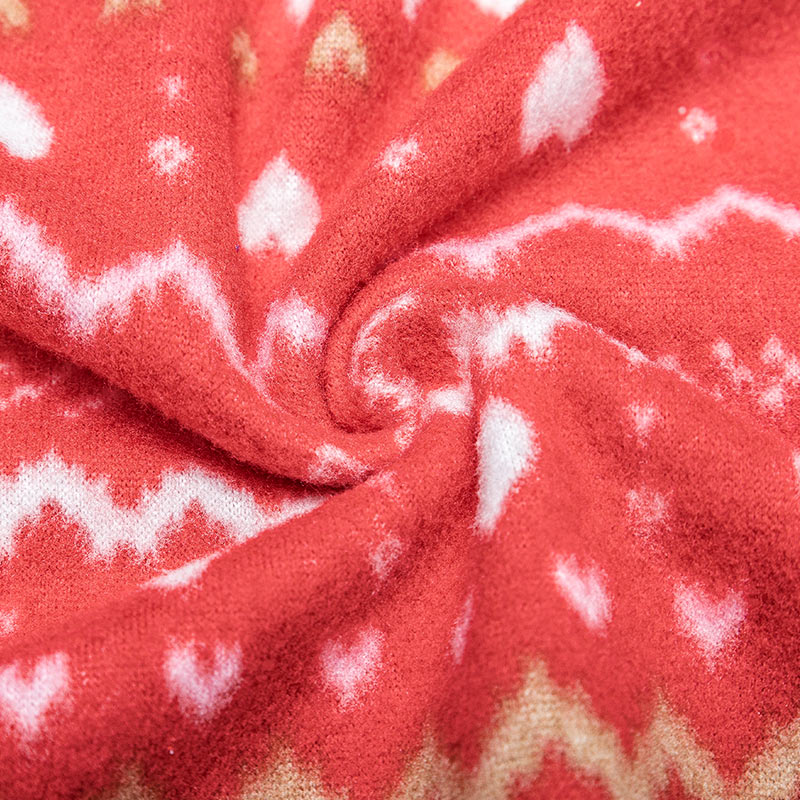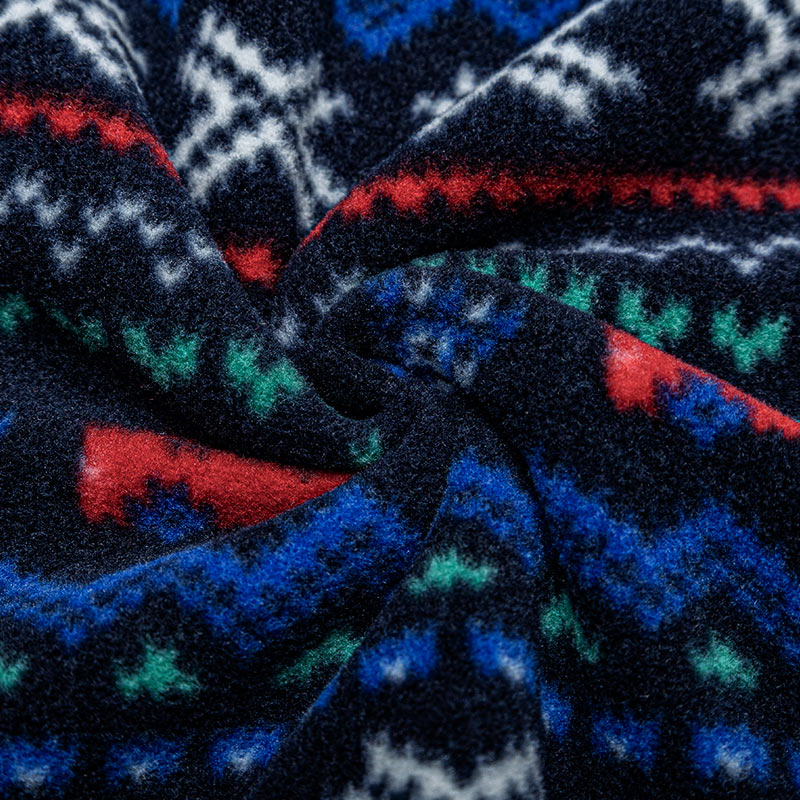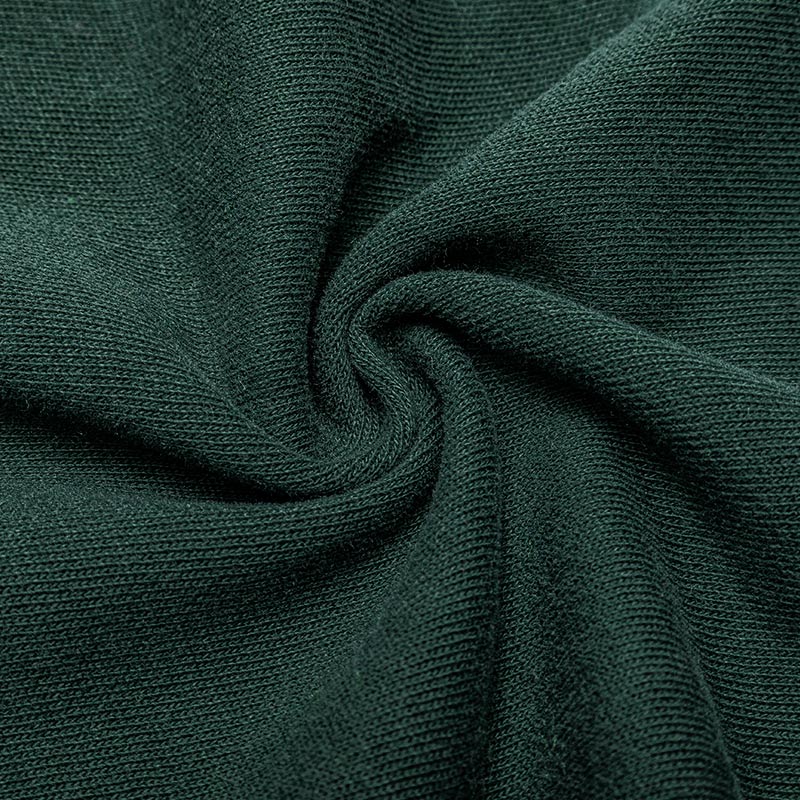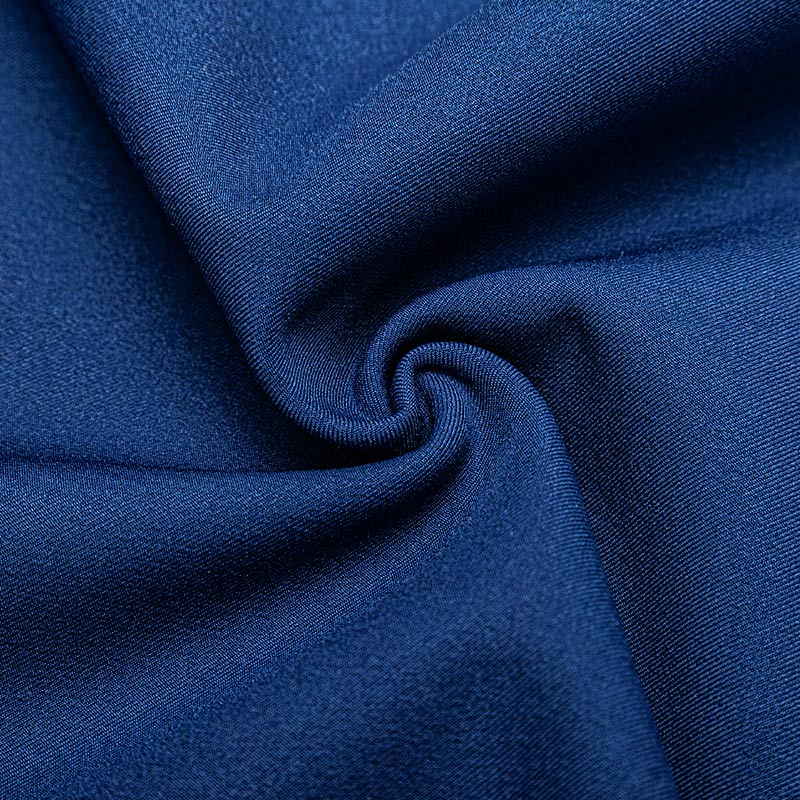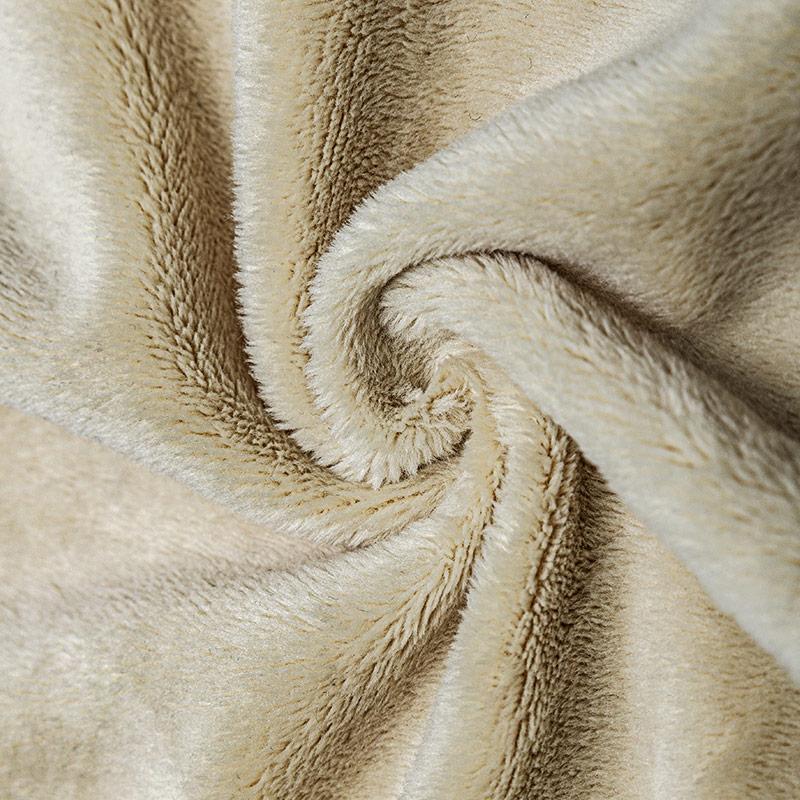Cationic fabric can be made from various types of fibers, both natural and synthetic. The choice of fiber impacts the characteristics of the fabric, including its feel, durability, and performance. Here are common types of fibers used in cationic fabric:
Polyester:
Description: Polyester is a synthetic fiber known for its durability, resistance to wrinkles, and ease of care. It is commonly used in cationic fabric due to its ability to effectively bond with cationic dyes during the dyeing process.
Properties: Polyester cationic fabric is often smooth, has a soft feel, and exhibits good color retention. It is commonly used in sportswear, activewear, and outdoor textiles.
Nylon:
Description: Nylon is another synthetic fiber used in cationic fabric. It is known for its strength, abrasion resistance, and elasticity. Nylon cationic fabric can offer a combination of durability and flexibility.
Properties: Cationic nylon fabric is often used in applications where strength and flexibility are important, such as in sportswear and outdoor gear.
Blends:
Description: Cationic fabrics can also be made from blends of different fibers, combining the properties of each. For example, a blend of polyester and cotton might offer a balance between the natural feel of cotton and the durability of polyester.
Properties: Blends allow for customization of fabric properties, and the choice of fibers depends on the desired characteristics for a particular application.
Polyamide:
Description: Polyamide is a generic term for synthetic polymers commonly known as nylon. Nylon is often used in cationic fabrics due to its ability to effectively bond with cationic dyes.
Properties: Cationic polyamide fabrics can have properties similar to nylon, including strength, flexibility, and resistance to abrasion.
Acrylic:
Description: Acrylic is a synthetic fiber known for its softness and warmth. While not as commonly used in cationic fabrics as polyester or nylon, it can be part of blends or specific applications.
Properties: Cationic acrylic fabrics may offer a soft and cozy feel, making them suitable for certain types of apparel or textiles.
The specific choice of fiber depends on the intended use of the cationic fabric, as different fibers offer varying properties and performance characteristics. Whether the focus is on moisture-wicking properties, durability, or a specific aesthetic, manufacturers can select fibers that meet the requirements of the end product. It's essential to check product labels or specifications to determine the fiber content of cationic fabrics and understand their unique features.
